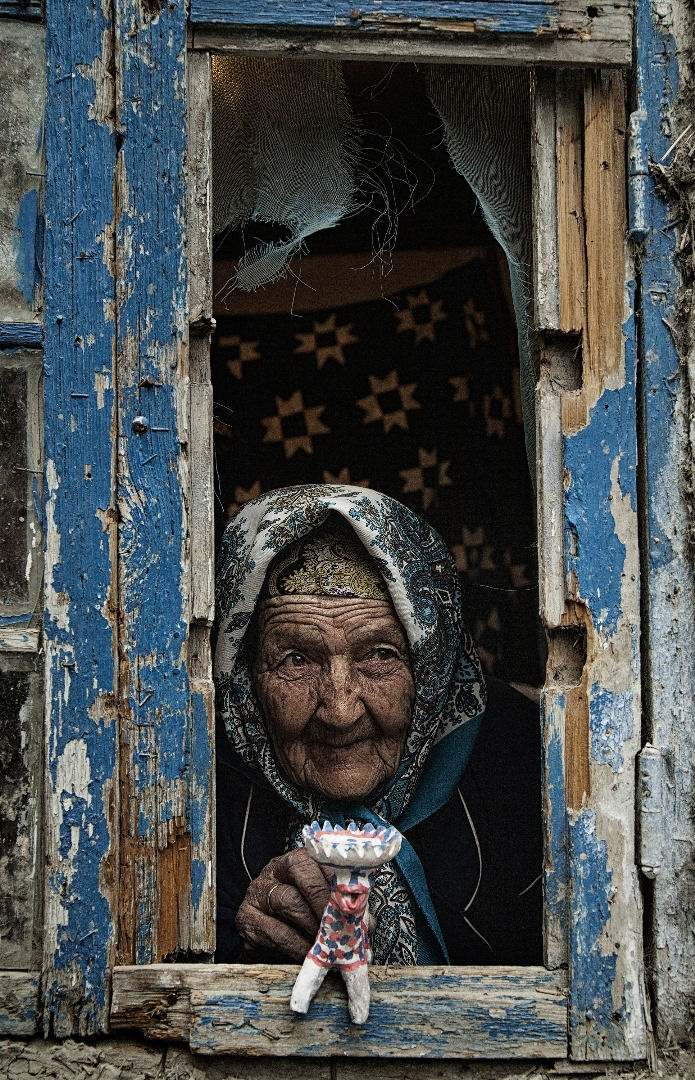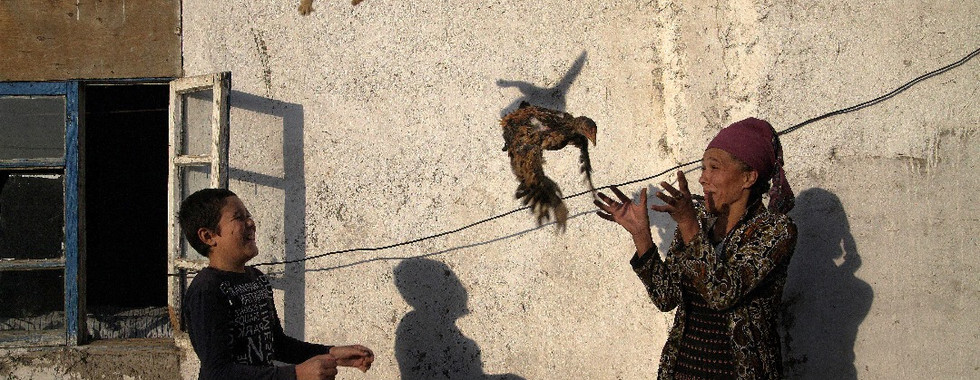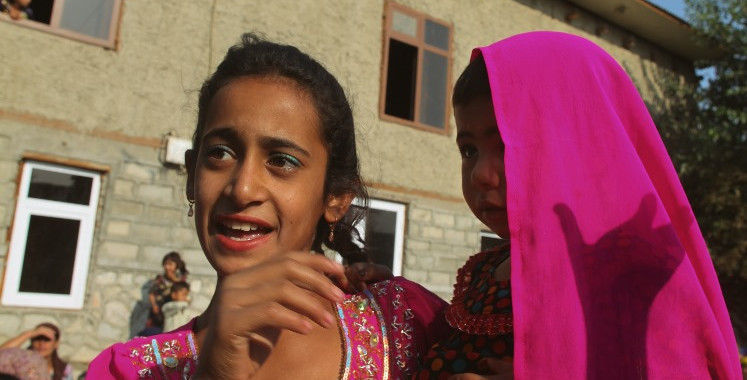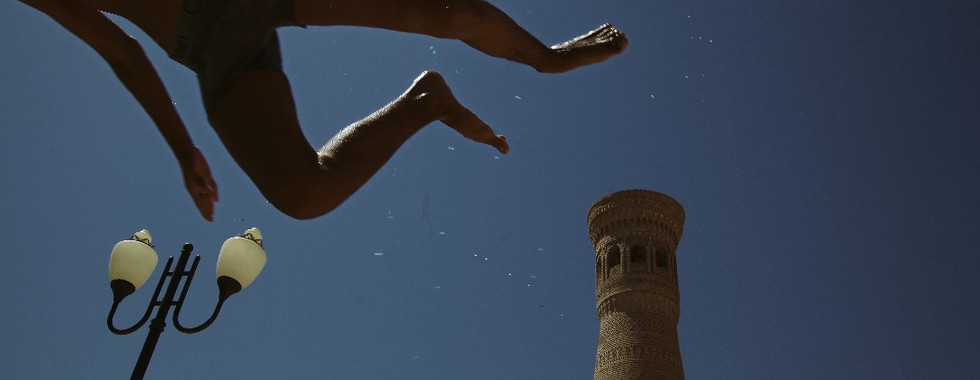Behzod Boltaev: visual guardian of a millennia-old tradition
- APPO

- May 21
- 4 min read
Updated: May 23

Behzod Boltaev was born in 1996 into a community of celebrated photographers. Chief among them his father, the renowned Shavkat Boltaev (R.I.P.), as well as his father’s close circle of fellow photographers, including Nuriddin Juraev and Zilola Saidova—all members of the Bukhara school of photography founded by Shavkat. To this day, they remain something of a family.

By the age of three, Behzod already had a camera in hand. Between the ages of five and six, he began to take an active interest in photography. He was captivated by everything about it; from the equipment itself and how to maintain and repair it, to capturing scenes as unpretentious as his friends playing football in the yard—a series he shot with a basic Panasonic camera.
As a teenager, he admired world-renowned photojournalists like Steve McCurry, Abbas Attar Hamedani, and Reza Deghati. And so, influenced strongly by his father and his own experiences, Behzod gravitated toward photojournalism, carrying on his father’s mission

through his own lens: preserving the culture and traditions of his homeland. A leisurely walk, an errand, any “random” moment of the day, really, is enough to prompt him to pause and record a slice of Uzbekistan’s history in a single snapshot.
His passion for cultural preservation combined with his talent has earned Behzod recognition from UNESCO and awards from institutions in Uzbekistan and abroad in countries like France, Switzerland, Russia, and Argentina.
Behzod alternates between black-and-white and color depending on the specific atmosphere he wants to convey. He feels each format offers a different and more or less effective tool for telling the story of a given scene. For example, black and white allows him to delve deeper into emotions, while color captures the vibrancy of cultural details.

Speaking about his effort to portray emotions, Behzod shares his strong belief that “the eyes are the mirror to the soul,” since through people’s eyes one can see joy, happiness, sadness, anxiety, or wisdom… These are fundamental human expressions, and it is in them that Behzod finds his endless source of inspiration. This is evident in projects such as Mysterious Tribe, about the Central Asian Roma community; View of Bukhara, about Bukhara’s Jewish community (presented in Saint Petersburg in November 2024); and Timeless Treasures: Jewish Cultural Heritage Through the Eyes of Young Photographers, sponsored by UNESCO headquarters in Paris in January 2025.
Beyond his technique and mastery of light and shadow, Behzod gives importance to action, movement, and the situations his subjects inhabit. That, combined with his traditionalist spirit and his drive to preserve

culture, allows him to transform a photograph into something almost surreal and fantastical.
Taking photos in the Registan of Samarkand with his Canon camera—an heirloom from his father—Behzod says that every good photograph brings him fleeting happiness; in truth, photography in Uzbekistan isn’t a well-paid profession. Still, he presses on, because photography has a power that draws him to remote corners, where he finds ways to give form to his

ideas—whether in the temples of Elli Kala in the Khwarezm oasis of Karakalpakstan, or in the hidden streets of Itchan Kala in Khiva. This way, his photos travel to exhibitions around the world, and he travels with them—virtually, for now.
Behzod confirms that photography in his country faces significant challenges. Constant technological advances require frequent gear upgrades; however, said gear isn’t

readily available on the local market and must therefore be imported with great difficulty and at high cost. With a projected per capita GDP of around $3,500 in 2025, such equipment is out of reach for the average Uzbek, making high-quality work quite difficult.
Moreover, modernization and a booming tourism sector (Uzbekistan expects to welcome 30 million tourists by 2030) mean that ancient traditions are increasingly

adapting to modern trends. Combined with the rise of AI and a precarious state of intellectual property and copyright protections, photography is undergoing a major transformation.
In this context, Behzod, in his quest to preserve his country’s customs and traditions, faces new challenges and obstacles in

achieving his goals. Immortalizing the past of one of the cradles of civilization through present-day photographs is the monumental task Behzod is undertaking. And yet, he is succeeding, because each of his images shows us scenes from a people whose past remains, though perhaps latent, alive, nonetheless.
In his dining room after our long conversation, Behzod gets up to bring me a

cup of tea. During that brief moment, I observe the wall niches, finely adorned with Uzbek and Persian ceramics traditionally used to store drinks and food. Suddenly, I’m hit with a childhood flashback, recalling the tales of One Thousand and One Nights—except now, I find myself unconsciously immersed in one of those very tales… Time stands still for a moment, this time in a home in Bukhara, remembering the past within the past, through the photography of one of the protectors of a millennia-old nation… Behzod Boltaev!





























Comments